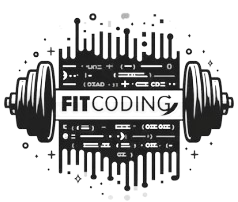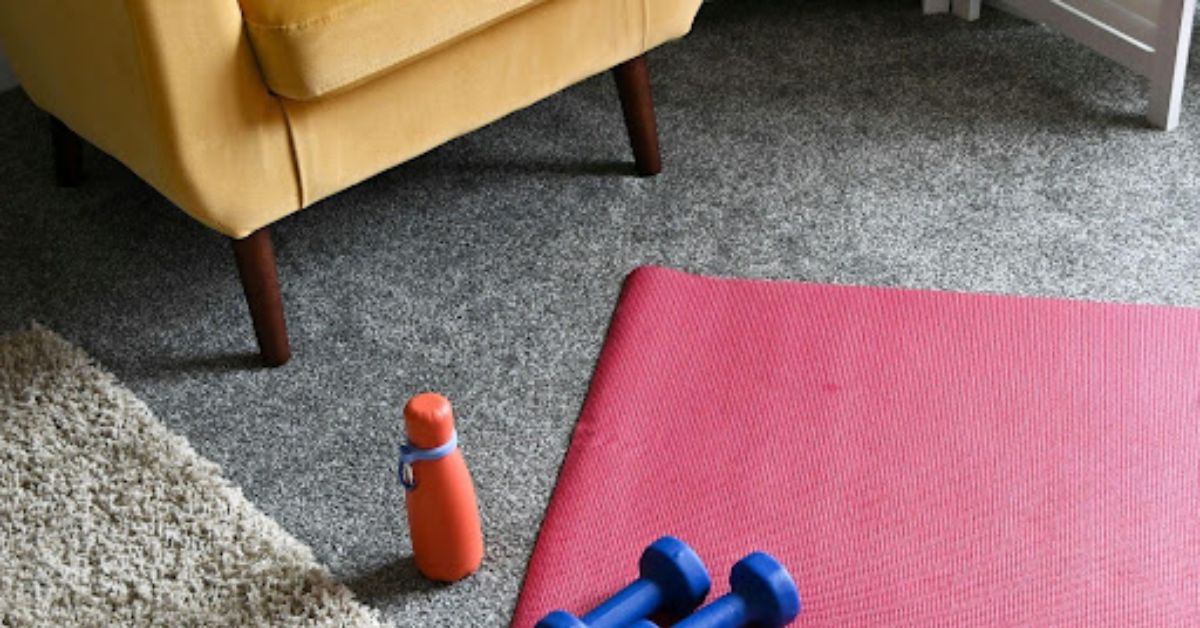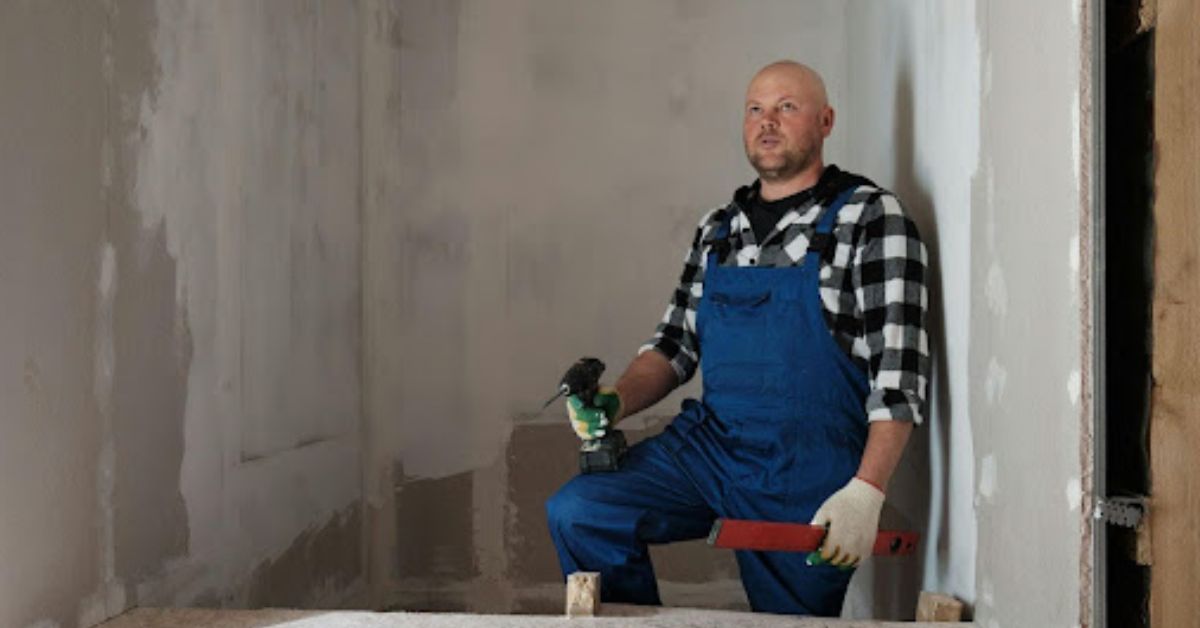Building strength, improving mobility, and boosting energy no longer require a gym membership. In fact, some of the most sustainable and results-driven routines are created—and maintained—right from home. But a common challenge many people face when working out at home is structure. Without a well-rounded plan, it’s easy to either overtrain, neglect key muscle groups, or hit plateaus in motivation.
A good at-home workout plan needs more than just a random playlist of YouTube videos. It needs balance—between intensity and recovery, between strength and mobility, and between variety and routine. You don’t need to do everything every day, but the right weekly structure ensures you’re progressing while protecting your body from injury and burnout.
And variety doesn’t have to mean chaos. A well-planned routine can include everything from bodyweight strength to walking and low-impact routines like Flo Pilates, which blends core stability with breathwork and movement. Let’s walk through the essential components of an effective home fitness strategy—one that supports your physical health and fits into your real life.
Step 1: Set Clear Goals—and Align Your Plan Accordingly
Before building your workout plan, get specific about what you want to achieve. Do you want to build lean muscle? Improve endurance? Reduce stress? Tone up or manage weight?
Your goals determine your training focus:
- Muscle growth → prioritize resistance training 3–4x/week
- Endurance → include regular cardio like brisk walking, jogging, or cycling
- Mobility and posture → add structured stretching or Pilates sessions
- Mental well-being → integrate movement that promotes mindfulness and relaxation
Once you know your goals, you can plug in the right elements with more intention—and measure results based on how you feel and function, not just how you look.
Step 2: Mix Training Types for Balance and Progress
A truly well-rounded routine blends several training types:
1. Strength Training (2–4x/week)
This forms the foundation for muscle tone, bone health, and metabolic support. You can use bodyweight (like push-ups, squats, and planks), resistance bands, or dumbbells.
Even a basic strength circuit done consistently will yield major results. Focus on compound movements that work multiple muscle groups.
2. Cardio (2–3x/week)
Cardiovascular health improves energy, mental clarity, and heart function. Options include jogging, jump rope, dancing, or interval-style workouts.
You don’t need hour-long runs—20 minutes of brisk movement can work wonders.
3. Mobility & Core (2–3x/week)
Neglecting mobility leads to stiffness, aches, and injuries. Activities like yoga or Pilates strengthen deep core muscles, promote alignment, and improve flexibility. Even 15-minute sessions can be transformative.
For example, a Flo Pilates flow can enhance core strength and posture, helping you counteract the effects of sitting and screen fatigue—without taxing your joints.
4. Active Recovery (1–2x/week)
Include gentle movement like walking, foam rolling, or stretching. These sessions support recovery, reduce inflammation, and prepare your body for future workouts.
Step 3: Create a Weekly Template That Works for You
Instead of winging it, map out your week so you know what to expect—and can stay consistent.
Here’s a sample balanced weekly plan for general fitness:
| Day | Activity |
| Monday | Strength (Upper Body) |
| Tuesday | Cardio + Core/Pilates |
| Wednesday | Strength (Lower Body) |
| Thursday | Mobility or Active Recovery |
| Friday | Full Body Strength + Light Cardio |
| Saturday | Walk, Yoga, or Pilates |
| Sunday | Rest or Stretching |
Adapt this based on your time, goals, and preferences. The most effective plan is the one you’ll actually follow.
Step 4: Use What You Have—And Keep It Simple
You don’t need a home gym to train effectively. A yoga mat, resistance band, and a set of dumbbells can take you far. Your body is already your best fitness tool.
- No equipment? Use slow, controlled bodyweight movements like squats, lunges, push-ups, or glute bridges.
- Limited space? Focus on standing core exercises, resistance bands, or short circuits.
- Tight on time? Break up workouts into 10-minute blocks throughout the day.
Step 5: Track Progress—But Look Beyond the Scale
Your weight is one metric, but not the most important. Other signs of progress include:
- Increased energy and focus
- Better posture and reduced pain
- Consistent sleep and mood stability
- More strength or reps in your workouts
- Easier recovery after intense sessions
Keeping a journal or using an app to note how you feel post-workout can help reinforce positive behavior and fine-tune your plan.
Step 6: Prioritize Recovery Like You Do Workouts
You don’t get stronger during workouts—you get stronger while recovering from them. That means sleep, hydration, and nutrition are part of your plan, not add-ons.
- Sleep at least 7–8 hours per night
- Hydrate regularly, especially around workouts
- Fuel with nutrient-dense meals that include lean protein, healthy fats, and complex carbs
Recovery also includes mental rest. Take a break from tech, get outside, and make space for stress reduction.
Step 7: Make Movement Enjoyable and Sustainable
You don’t need to love every exercise, but you should enjoy the overall process. Variety helps with this. Swap your strength workout for a hike. Try a new online class. Join a friend for a walking catch-up. And don’t beat yourself up for missing a workout. Fitness is about long-term consistency—not perfection. Even small daily efforts compound into big results over time.
According to the Mayo Clinic’s guide to balanced fitness, combining aerobic exercise, strength training, and flexibility creates a more complete, sustainable workout plan that supports full-body health.
Creating a well-rounded at-home workout plan is less about the perfect program and more about thoughtful consistency. By blending strength, cardio, mobility, and recovery, you build a foundation that supports your body, mind, and daily performance.
Start with the basics, refine based on how you feel, and don’t underestimate the power of just showing up. Whether you’re holding a plank in your living room or flowing through a guided session, your effort is building more than muscle—it’s building resilience, focus, and lasting health.










